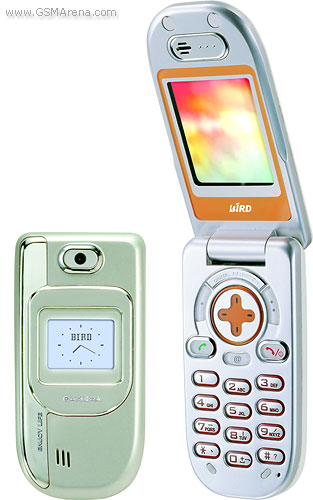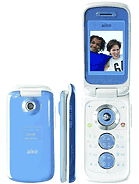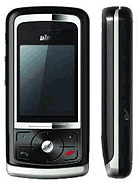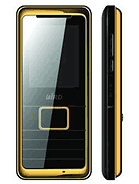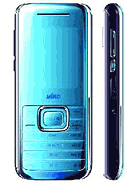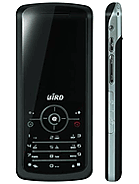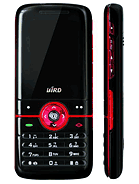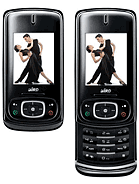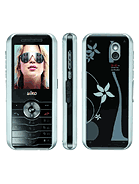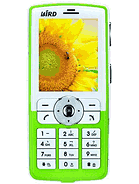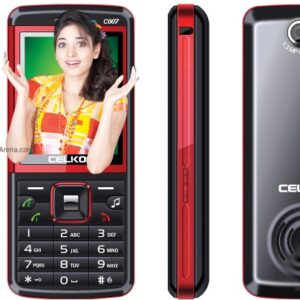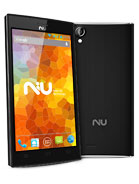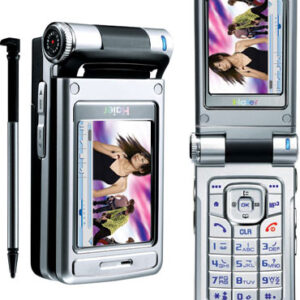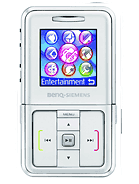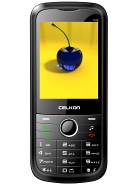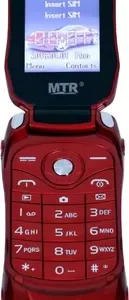Bird A120 Overall Review
The Bird A120, launched in the fourth quarter of 2004, is a classic example of a mid-2000s mobile phone, reflecting the design and technology trends of its time. It features an STN display with 65K colors, offering a basic but colorful interface for users. This type of screen was common in many phones of that era, balancing cost and functionality.
Equipped with a 670 mAh battery, the A120 aimed to provide sufficient power for daily tasks, though battery life would naturally be limited by today’s standards. The phone’s memory and storage capabilities were designed to accommodate the needs of the time, primarily focusing on call logs, SMS storage, and basic applications.
The Bird A120’s design is indicative of the period, with a simple yet functional form factor that prioritizes ease of use and basic functionality. This includes straightforward navigation buttons and a compact size that fits comfortably in the hand or pocket.
Bird A120 Pros and Cons
Pros:
- Compact and durable design, suitable for basic use and easy to carry.
- The STN display offers a colorful interface for its time.
- Simple user interface, making it accessible for all users.
Cons:
- Limited by the technological standards of the mid-2000s, including lower battery capacity and basic screen technology.
- Absence of advanced features found in modern smartphones, such as high-resolution cameras, app ecosystems, and fast internet connectivity.
- The phone’s memory and storage might be insufficient for anything beyond the most basic needs by current standards.
